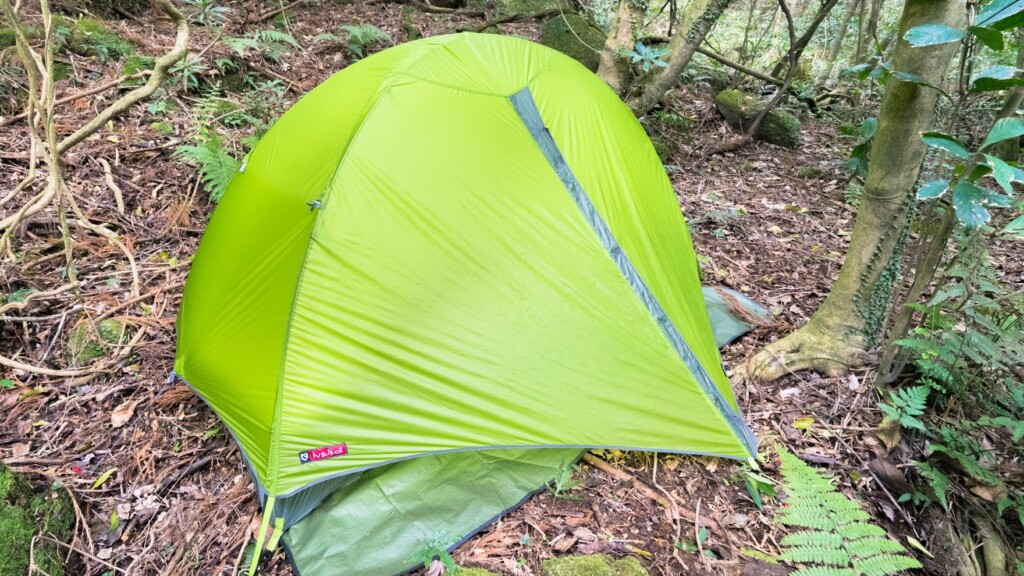
Review: NEMO TANI 1P I see, Japanese specifications. A sturdy and lightweight mountain tent that is always cool and comfortable
NEMO Equipment, Inc. is a brand that was launched in New Hampshire, USA in 2002 by its founder, who is currently a student at a design university, aimed at creating outdoor tools that combine advanced technology and design.
For the brand, which has grown to the point of manufacturing a variety of gear, tents are the origin of this, and has continued to create many innovative models and has won awards at trade shows around the world. It's truly a company that grew with tents.
TANI by NEMO with the aim of using it in the mountain scenes of Japan . We will review our impressions of actually using the TANI 1P which was updated for the 2018 season
table of contents
General features of the NEMO TANI 1P
A single person tent developed by NEMO Not only is it made of 15 denier ultra-fine fibers and is lightweight at 1060g, but it also has efficient ventilation to ensure high breathability, and the waterproof and compressible storage bag on the main body can be stored as is even in bad weather, making it suitable for the high humidity and rainy weather. also a lineup of TANI 2Ps , and the 2P weighs at a minimum of 1180kg and the weight difference between the 1P is small, so you can choose from your own style.
Recommended points
- Lightweight, close to the minimum weight of less than 1kg (1060g with main body, fly pole)
- Good ventilation and wide entrance for comfortable living
- Waterproof compression bags are very useful
- The time to stand up quickly
Points that interest me
- Corner anchor durability
- The fly at the entrance is low
Main Specifications and ratings
| item | Specifications and ratings |
|---|---|
| Number of people to sleep | 1 person |
| color | green |
| Official minimum weight | 1060g |
| Actual measured weight | 1104g (1255g including Guyline, pegs and storage bag) |
| Fry material | 15 denier Sil/Sil nylon |
| Inner material | 15 denier nylon mesh |
| Inner bottom material | 15 denier Sil/PeU nylon |
| Pole material | Fatherlite NSL Green (TH72 alloy) made by DAC |
| size | Width 202 x Depth 105 x Height 103 cm |
| Storage size | Main body: 8 x 17 x 27 cm, pole 39 cm |
| Floor area | 2.2㎡ |
| Front room area | 0.8㎡ |
| accessories |
|
| option |
|
| Living comfort | ★★★★★ |
| Ease of setup and removal | ★★★☆☆ |
| Weather Resistant | ★★★★☆ |
| Durability | ★★★☆☆ |
| weight | ★★★★★ |
| Portability | ★★★★★ |
| Versatility | ★★★☆☆ |
| comprehensive evaluation | ★★★★☆ |
Detailed review
Easy to store and bag
It is divided into three parts: the main body, pole, and peg, but the main body storage bag can store the main body, fly sheet, and pegs. It can be made smaller if you use a compressible compression type, so if you include other tools that are only used when using a tent, you can effectively make effective use of the space inside your backpack.
The actual measured value was 1104g (tent, fly, pole), which was slightly heavier than the manufacturer's value of 1060g, but it was probably within the range of error. The combined weight of the storage bag and pegs is 1,255g, and it is still lightweight. The individual measured values for each were 789g (tent 422g, fly 312g, bag 54g), pole 379g (pole 370g, bag 9g), and peg 86g (79g: 16g pegs x 5, bag 7g).
Easily setting up is the passing point
The setup is the same as a typical free-standing dome-shaped tent. Instead of passing the pole through the sleeve, the pole is set in the four corners before hanging the hook. Unlike non-independent types that require a certain amount of familiarity, they can be set up quickly and intuitively, so even first-time users won't get lost and it seems to go smoothly. The poles are connected by two poles in the center.
Simply stretch the pole and attach the pole tip to the corner anchors at the four corners of the tent body to stand on its own.
All you have to do is grab the hook on the pole and the main unit is finished. It will be completed in a few minutes, and if you are used to it, you will be able to set it up easily even after sunset.
For the rainfly, hook the hooks at the four corners into the corner anchor and connect them to the pole using the inner Velcro to the pole, and you're done for now. If you apply tension with the drawcord at the end, you can tighten it quite firmly without having to strain it with the guy line, so this alone is enough for you in a place where you don't have to worry about wind. There's no need to stick to the inner tent.
Higher livability and excellent ventilation than specs
The inner tent is made of a very thin and lightweight fabric of 15 denier, so it can be seen through your hands. Without the fries, you can see what's inside and see through. However, it is made of breathable nylon, a fabric that combines breathability and wind resistance, and despite its clear appearance, wind does not invade.
The entrance is on the long side, and is quite wide by the opening and closing of the kamaboko style, and when fully opened, you can almost see the interior. The room is 202cm x 105cm, so even if you place a regular size mat, you can still have some space. When the entrance opens like this, it is spacious than the specs, so the actual livability is very high.
The vestibule is also fairly spacious, and you can afford to store shoes and dirt and cook them. However, since it is not tall, it tends to hit the fly when you come in and out. If the fly is wet due to dew or rain, your back will get wet every time, so be careful.
Another thing you should not miss is its high breathability. It has been used in a variety of ways to ensure breathability and does not sacrificed the beauty of the product. First of all, the fabric at the entrance is double-layered, nylon and mesh, and when opened, about 1/4 of the entrance surface becomes mesh.
There is also a large ventilation on the top of the other side of the entrance, so if both are left open, it will allow a lot of air to pass through. Even when the fly is attached, the slanted rod with a core can maintain breathability. The entrance in particular can be breathable even when it's raining, so it seems that it can be ensured to some extent even when camping in rainy weather.
As mentioned above, the interior is not too large or narrow, at 202cm x 105cm, and even if you lay a regular size mat, you can secure some space. The ceiling is approximately 100cm.
The outside of the short side has guidelines that can be connected to the fly, so if you get excited, the interior space will be slightly expanded.
There is a hook at the zenith, allowing you to hang lights and small items. The other side of the hook is connected directly to the pole, so if it is slightly heavy, it is unlikely to deflect.
Impressions of actually using it
Simply insert the tip of the pole into the corner anchor of the inner tent to stand on its own, so once you get used to it, you can complete the setup in just a few minutes. Even if it moves until the very lasts for darkness in the evening, you won't be worried about setting up the set up. However, this corner anchor doesn't seem that strong when used in person, so I'm worried that it might break. Of course, the manufacturer must also make efforts to prevent breakage, but since the parts are the key to this tent, these areas should be handled carefully.
The entrance is quite wide if you open the zipper all the way, so you won't have to worry about getting in and out. Although it is called breathable, this tent has been designed to improve ventilation, and at this time of year, if the wind was not closed, it would pass by and it would be cold at night. As expected from a Japanese model, it is probably breathable in consideration of the high temperature and humidity climate.
Condensation was quite wet after a few nights, but the innerwear was rarely wet. This is a double-wall tent, so there is no need to worry about condensation.
Another notable thing is the convenient storage bag. It is waterproof and compressible. You can put the wet fry in it as is, and pack it without getting any other items wet. The bag is also square, allowing you to use the space in the bag effectively. The attention to detail can be seen.
Additionally, a dedicated footprint is available as an option. The footprint also has a corner anchor, so you can set it up to protect yourself from the rain using only the poles and fly. It is useful when the weather is bad, and in the event of rain, you can start by setting up the fly and slowly set up the inner tent.
Summary: Recommended for people like this
When considering a lightweight tent for single use, the weight remains almost the same as the Mont-bell Stella Ridge Tent 1, which is definitely a comparison, but the TANI 1P is about 10,000 yen, and considering the necessary expenses that will continue to be incurred in the future, such as the costs for repairs, it cannot be comparable to the price. However, considering the ease of entry and exit, livability, breathability, and storage, I feel that people who often go backpacking solo all year round have an advantage that surpasses that. And even when the vents are fully opened, the functional beauty of the tents should give you a higher sense of satisfaction than a tent with just a vent. While you have your own particular preferences, you can also create a highly functional tent! For those of you who are wondering, every time you use it, it will become a tent that you will become attached to.


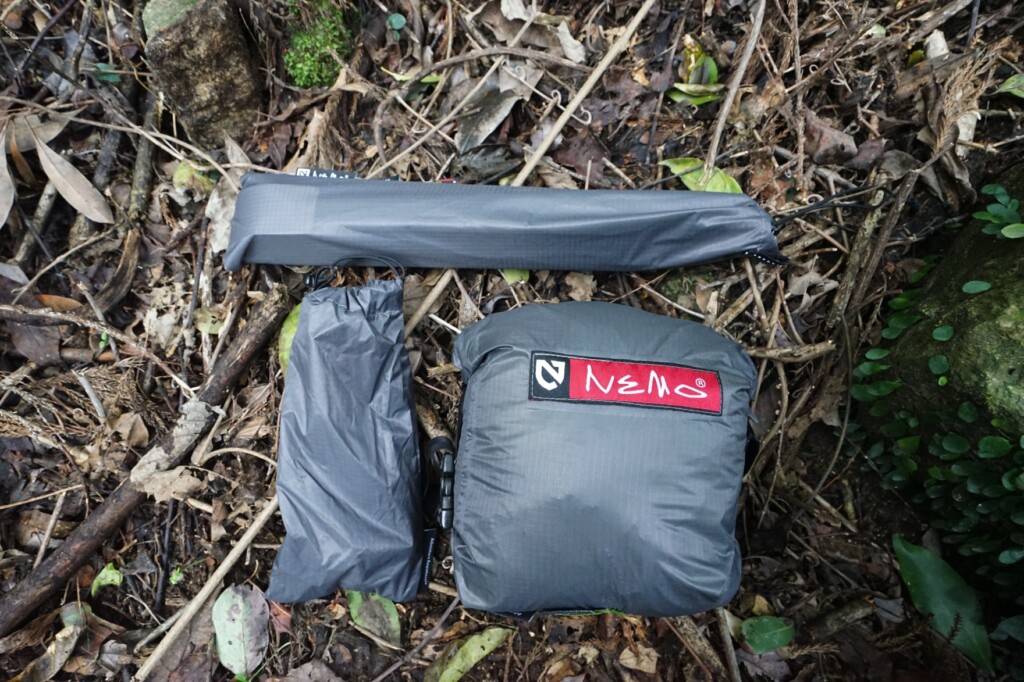

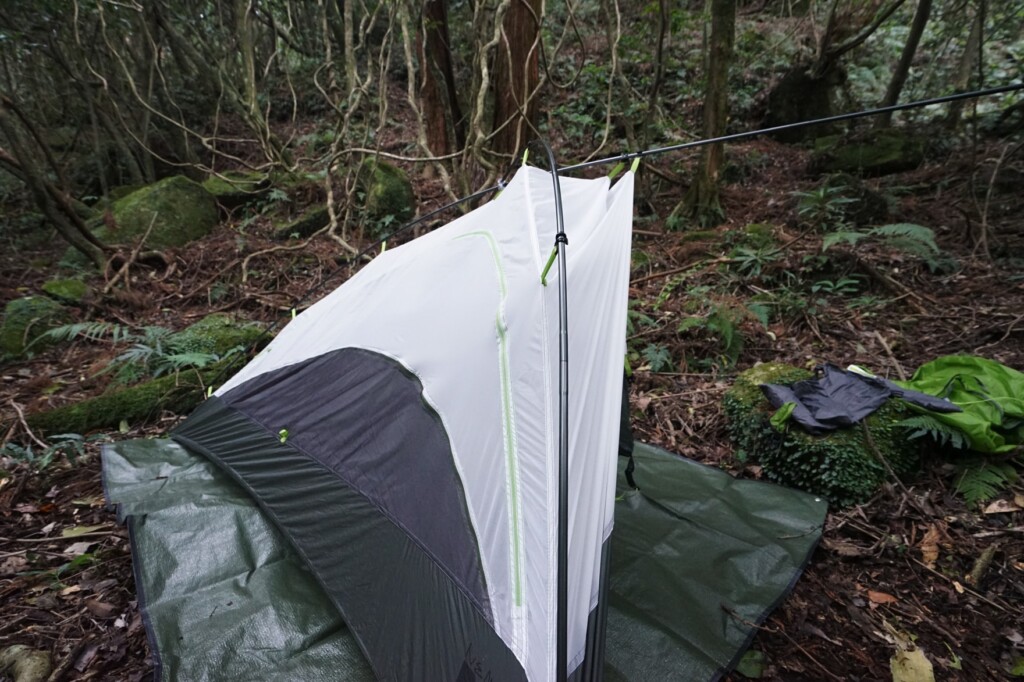
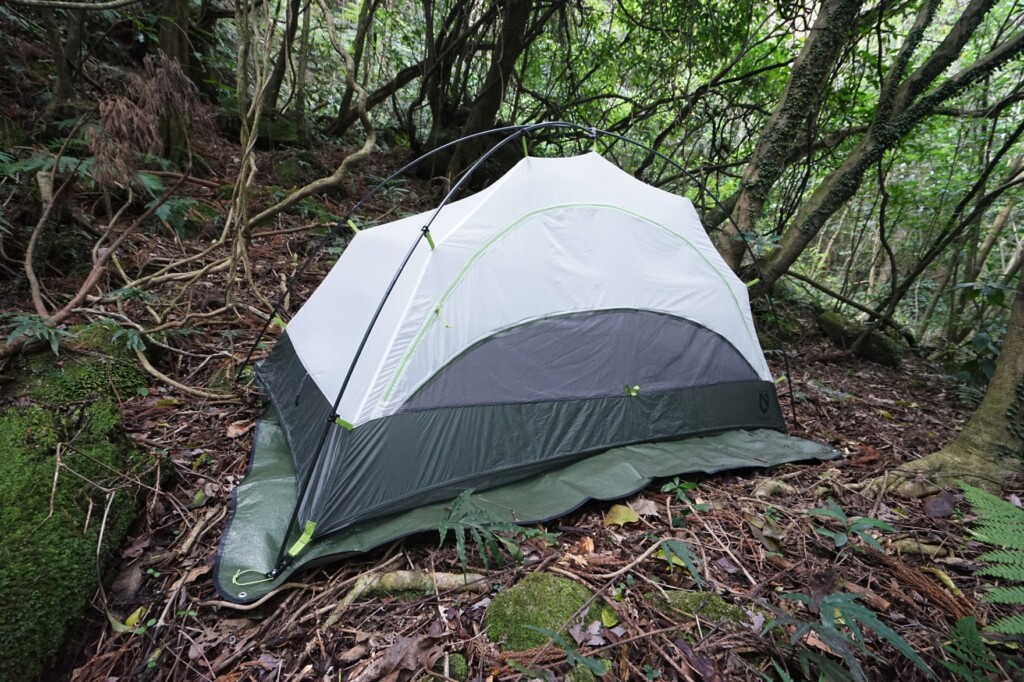
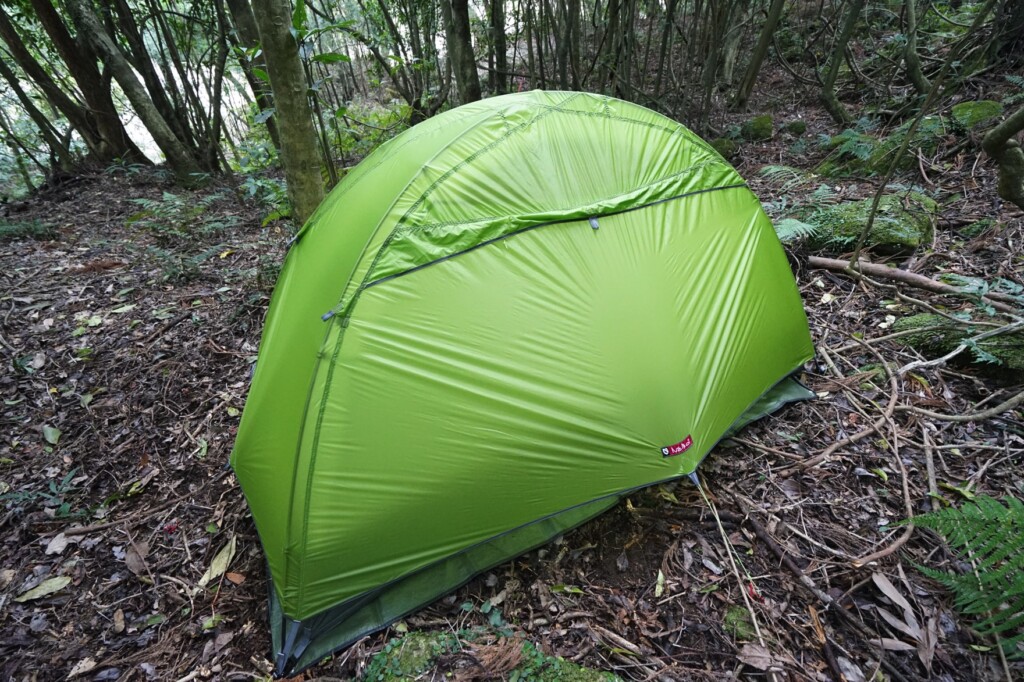
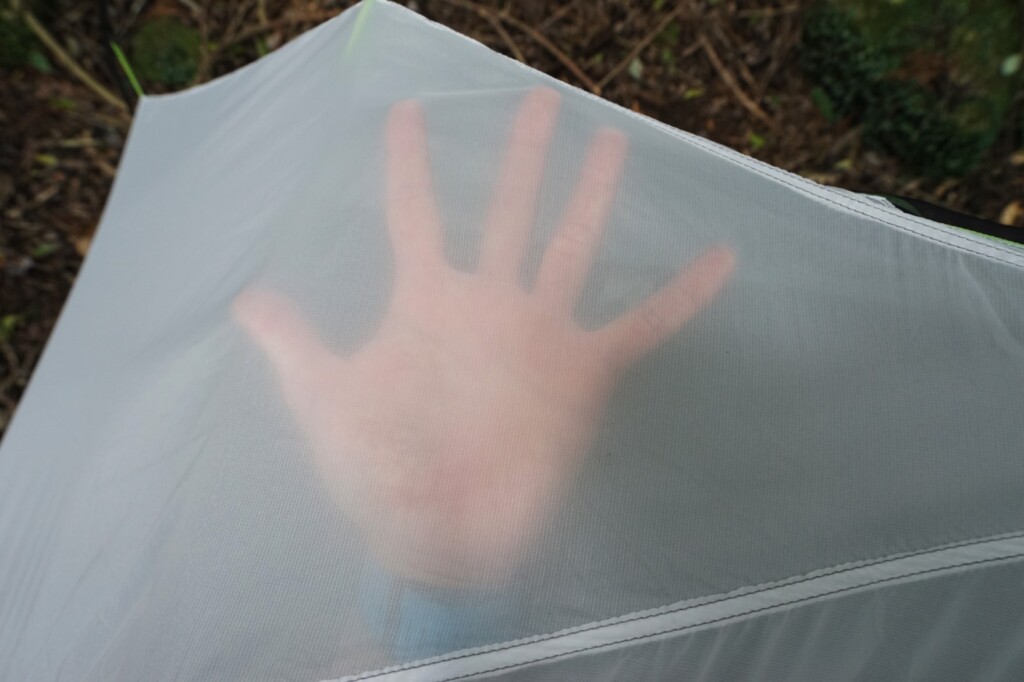
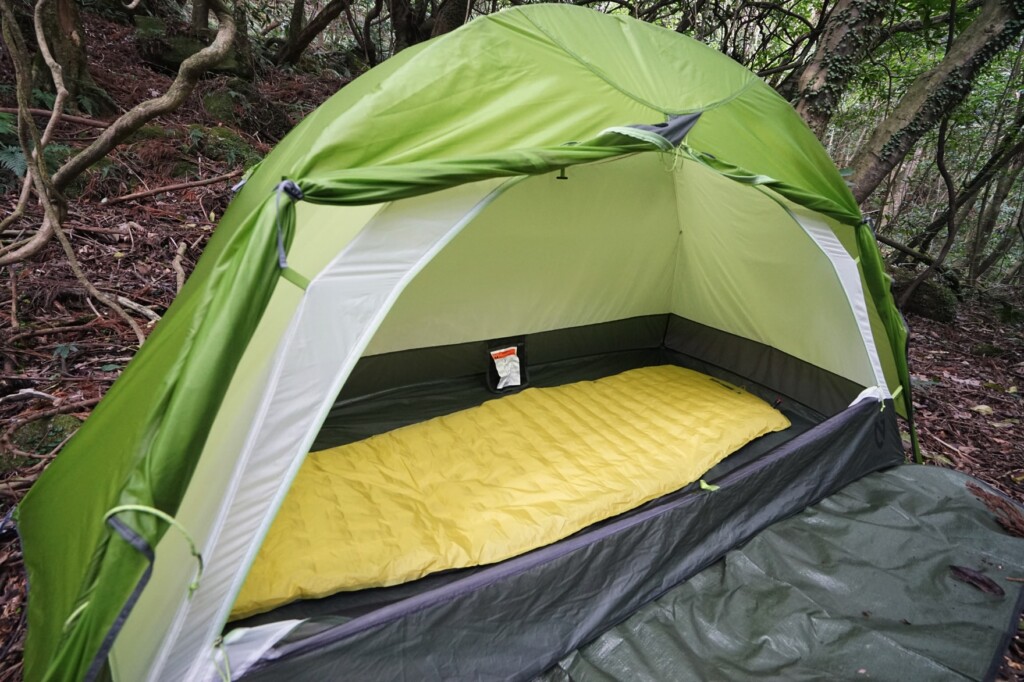
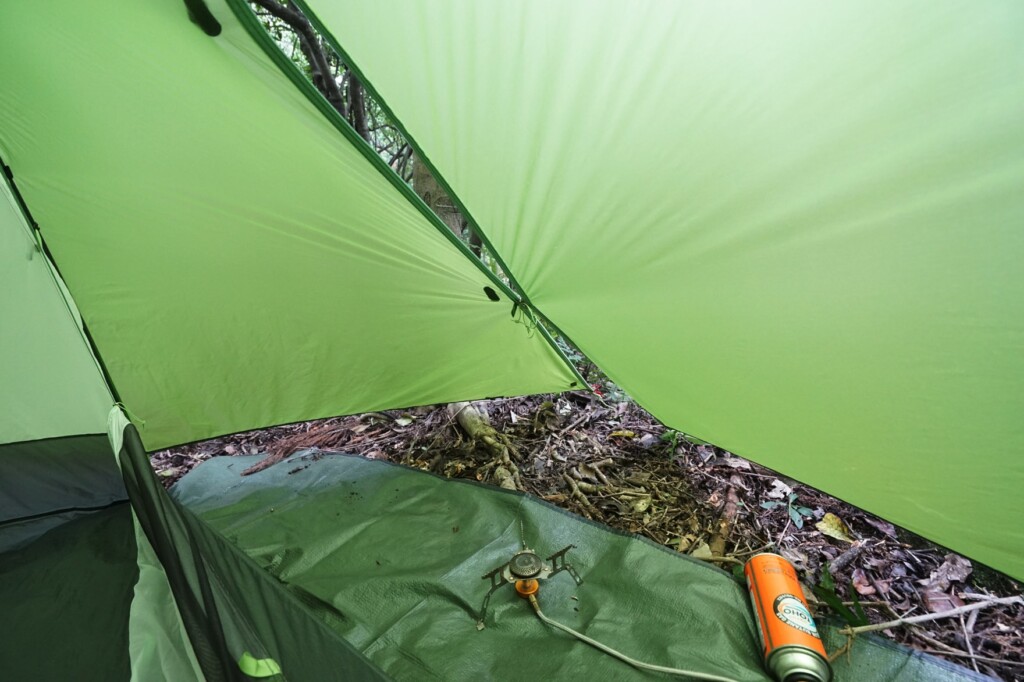
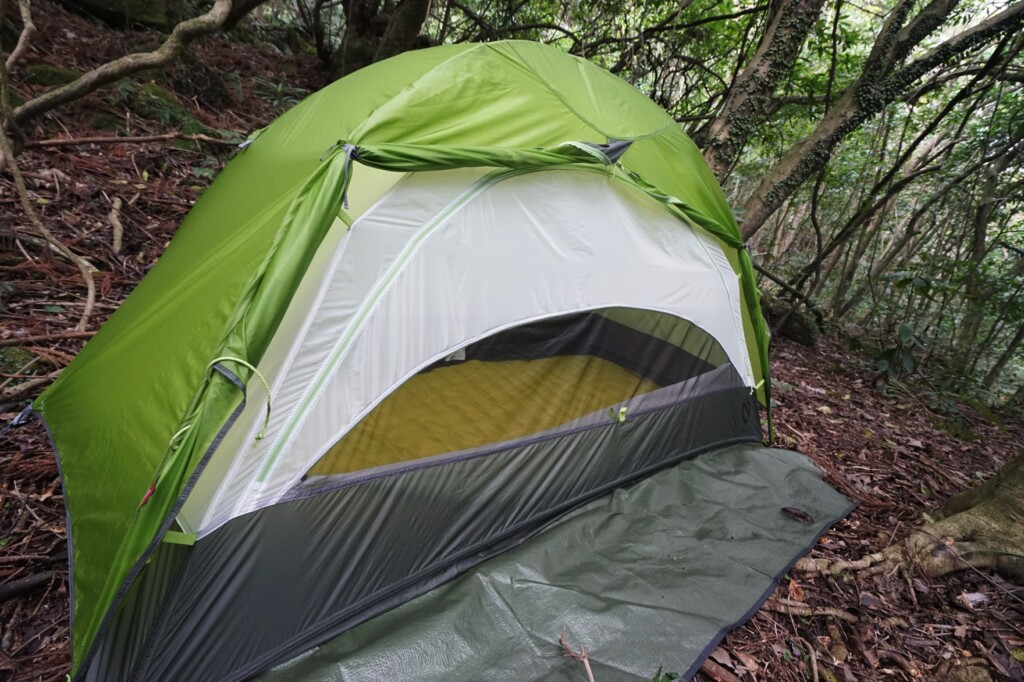


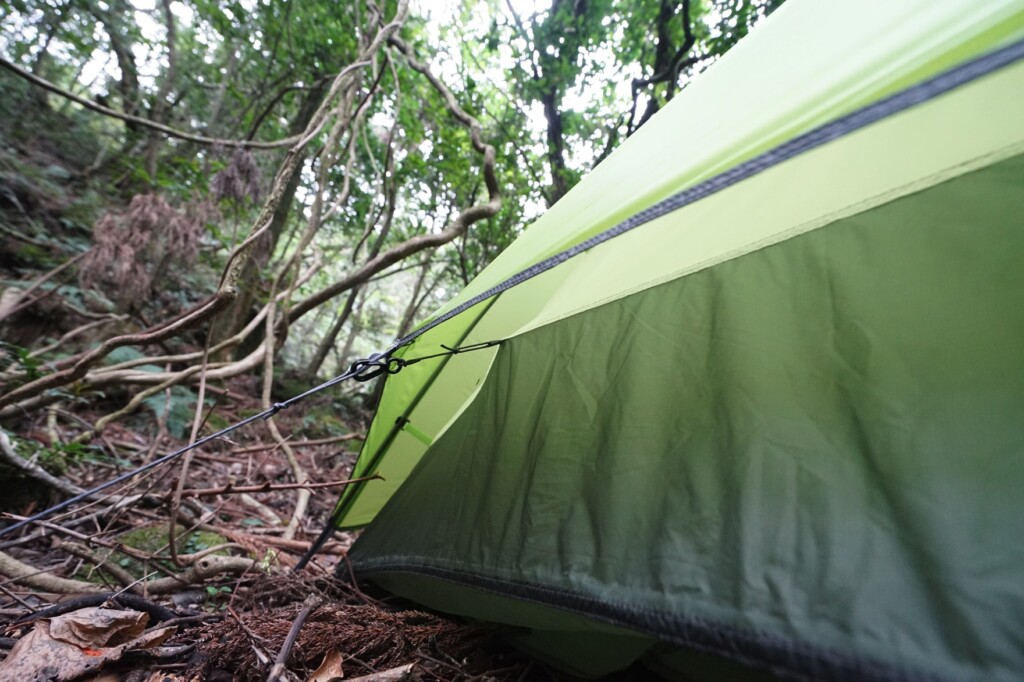
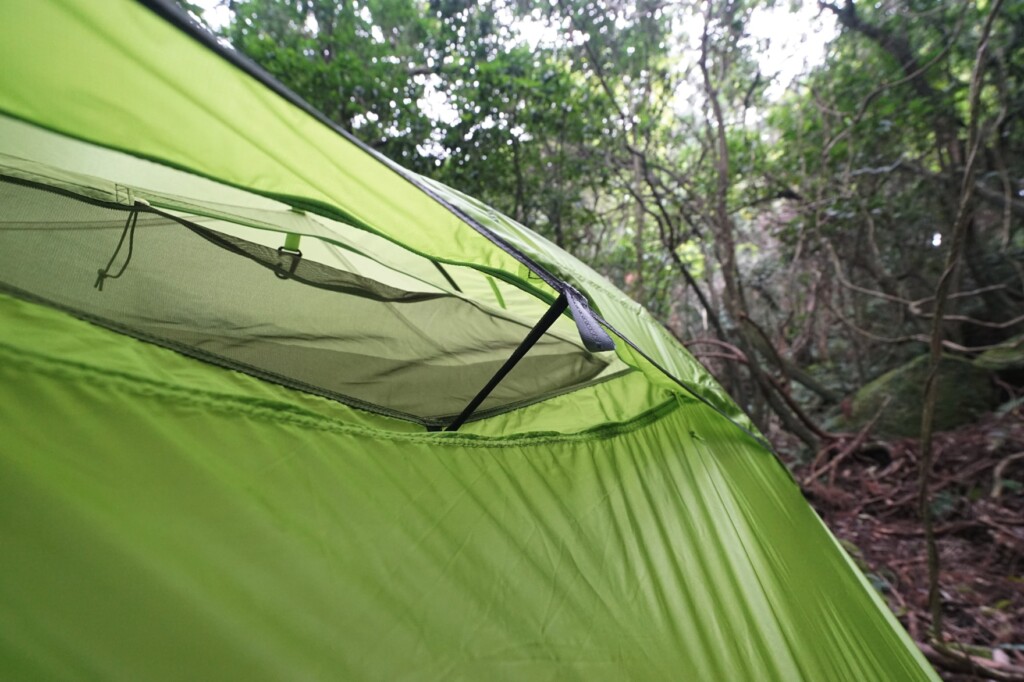
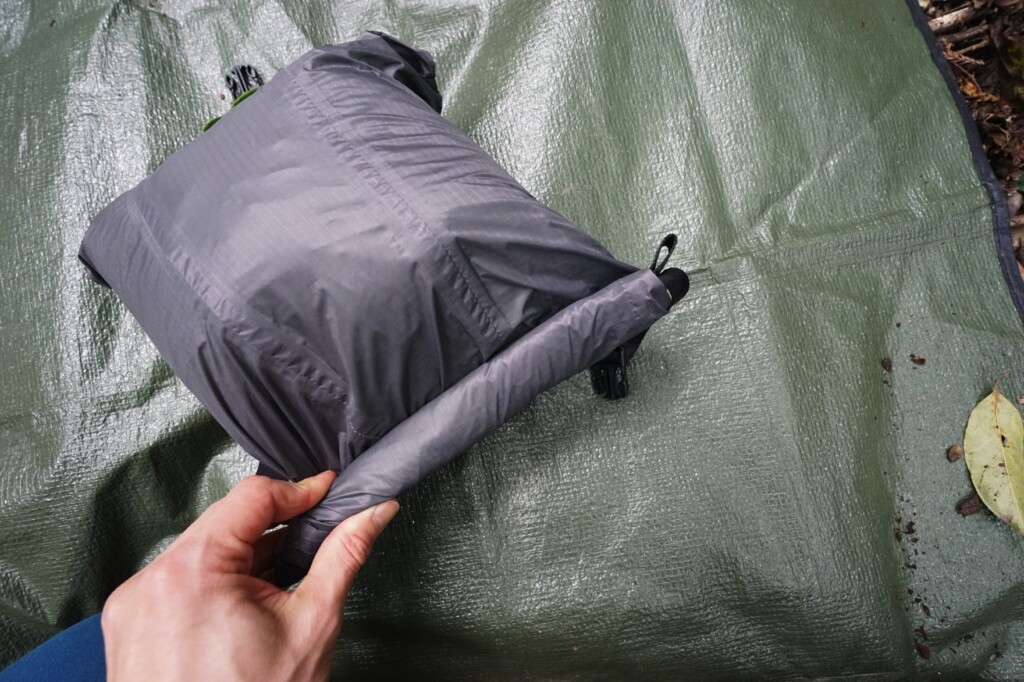

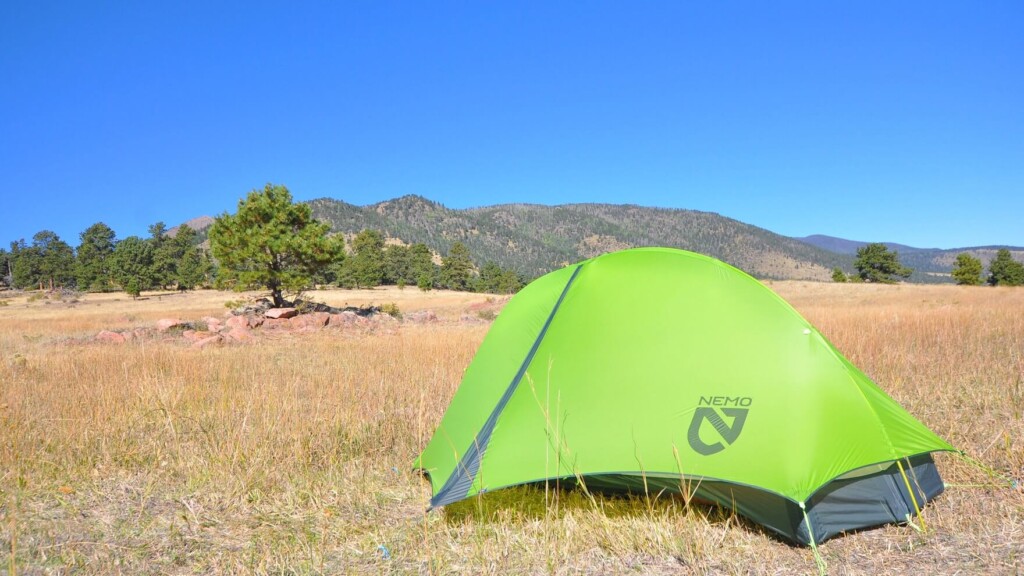 Review: NEMO Hornet Storm 1P A lightweight solo tent with a high level of balance that is close to perfection
Review: NEMO Hornet Storm 1P A lightweight solo tent with a high level of balance that is close to perfection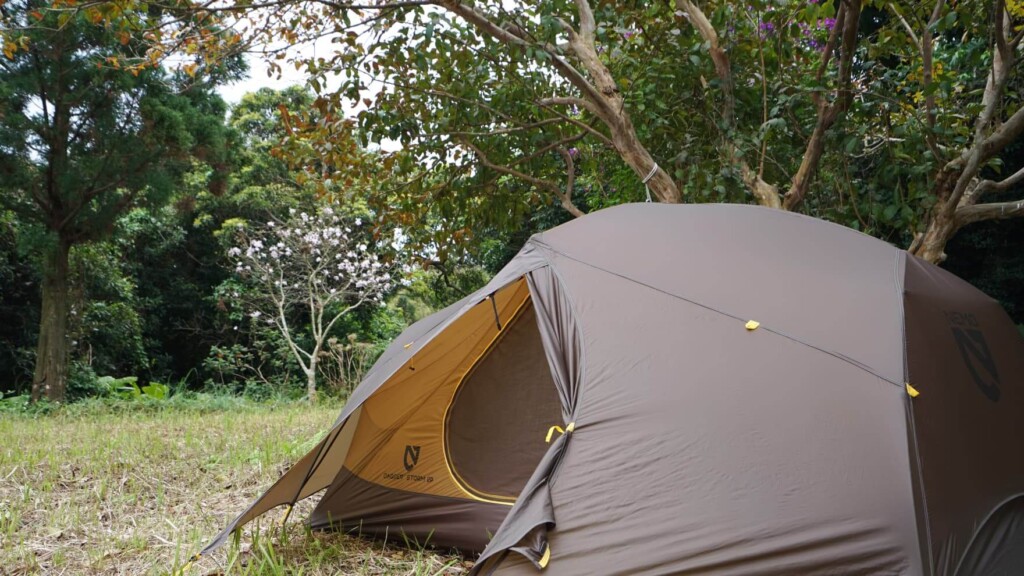 Review: NEMO Dagger Storm 2P It's dome-shaped, yet spacious interior! Mountain tent boasts outstanding livability and good balance
Review: NEMO Dagger Storm 2P It's dome-shaped, yet spacious interior! Mountain tent boasts outstanding livability and good balance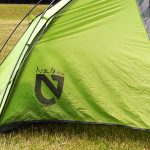 Review: NEMO ANDI 1P Single-wall tent that combines lightness, livability and speed of setup
Review: NEMO ANDI 1P Single-wall tent that combines lightness, livability and speed of setup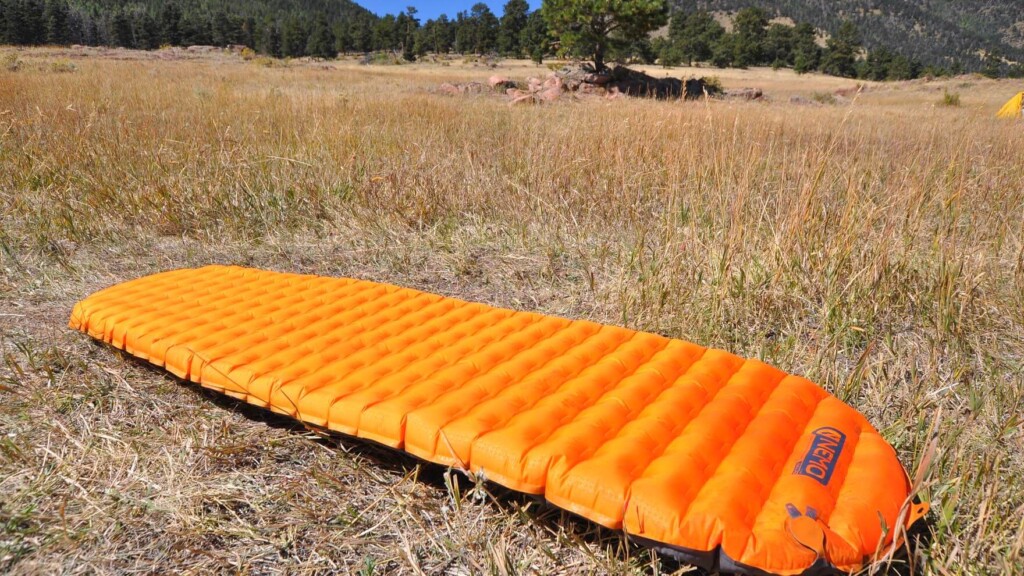 Review: NEMO Tenser Alpine A sleeping mat suitable for four seasons, with a total of three characteristics: insulation, comfort and weight, and a sleeping mat that is perfect for the entire triple season.
Review: NEMO Tenser Alpine A sleeping mat suitable for four seasons, with a total of three characteristics: insulation, comfort and weight, and a sleeping mat that is perfect for the entire triple season.